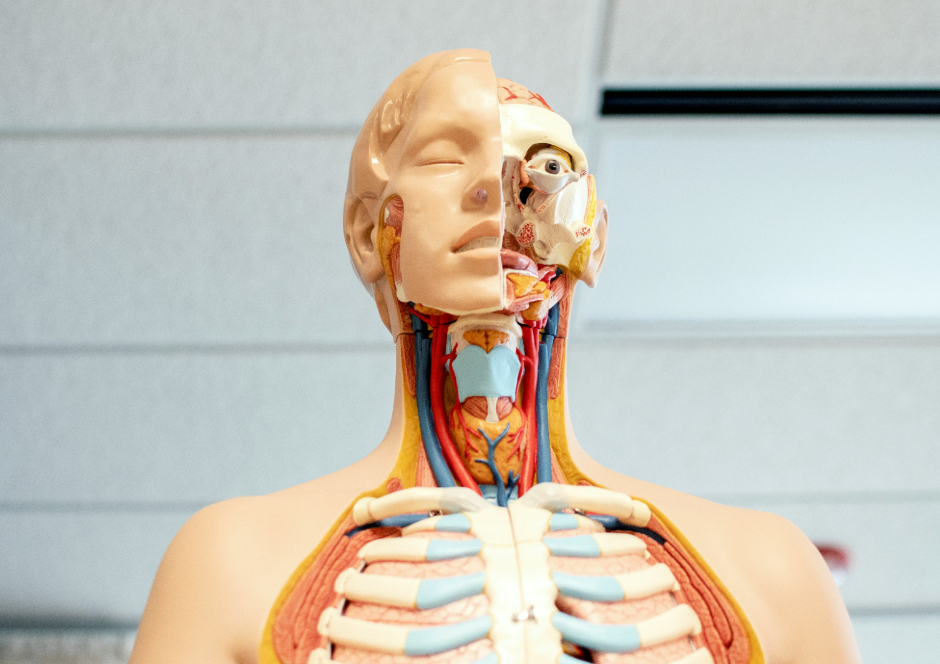PPS is an inflammatory condition that can occur after cardiac surgery, including CABG, where the pericardium (the sac around the heart) is opened or manipulated. It’s thought to be an autoimmune response triggered by surgical trauma, leading to inflammation of the pericardium and sometimes the pleura (lung lining). PPS falls under the broader category of “post-cardiac injury syndromes,” which also includes similar reactions after myocardial infarction (Dressler’s syndrome) or other heart injuries.
Incidence After CABG
- PPS occurs in approximately 10-40% of patients after cardiac surgery involving pericardiotomy, though the exact rate varies depending on diagnostic criteria and study populations.
- It’s more common after procedures like CABG or valve surgery than less invasive interventions because of the direct pericardial manipulation.
Timing
- PPS typically develops days to weeks after surgery, most often within the first month, though it can occasionally appear later (up to a few months). Symptoms before 48 hours post-op are unlikely to be PPS and may suggest other complications like bleeding or infection.
Symptoms
The classic features of PPS include:
- Fever: Low-grade, often without an infectious cause.
- Chest Pain: Typically pleuritic (sharp, worse with breathing or lying flat, better when sitting up), due to pericardial or pleural inflammation.
- Pericardial Effusion: Fluid buildup around the heart, which may be asymptomatic or cause discomfort.
- Fatigue or Malaise: General unwell feeling.
- Pleural Effusion: Fluid in the lung lining, which can lead to shortness of breath.
Not all symptoms are present in every case, and severity varies widely.
Diagnosis
PPS is a clinical diagnosis based on a combination of:
- History: Recent CABG (or other pericardiotomy).
- Symptoms: As above, especially fever and chest pain.
- Findings:
- Echocardiogram: Detects pericardial effusion (seen in 50-80% of PPS cases). Rarely, this progresses to tamponade (heart compression), a medical emergency.
- ECG: May show pericarditis-like changes (e.g., diffuse ST elevation), though these are less common post-CABG due to surgical alterations.
- Labs: Elevated inflammatory markers like C-reactive protein (CRP) or erythrocyte sedimentation rate (ESR), and sometimes a mild leukocytosis.
- Chest X-ray or CT: May reveal pleural effusion or pericardial thickening.
- Exclusion: Ruling out infection (e.g., wound infection, pneumonia), pulmonary embolism, or myocardial ischemia, which can mimic PPS.
There’s no single definitive test, so it’s often a diagnosis of exclusion after other causes are ruled out.
Risk Factors
- Younger age (less clear why, possibly stronger immune response).
- Female sex (slightly higher incidence).
- Extensive pericardial manipulation during surgery.
- Possibly viral triggers or genetic predisposition, though evidence is limited.


Leave a Reply